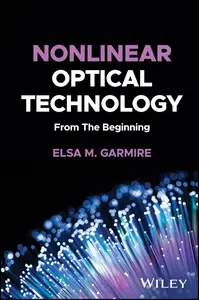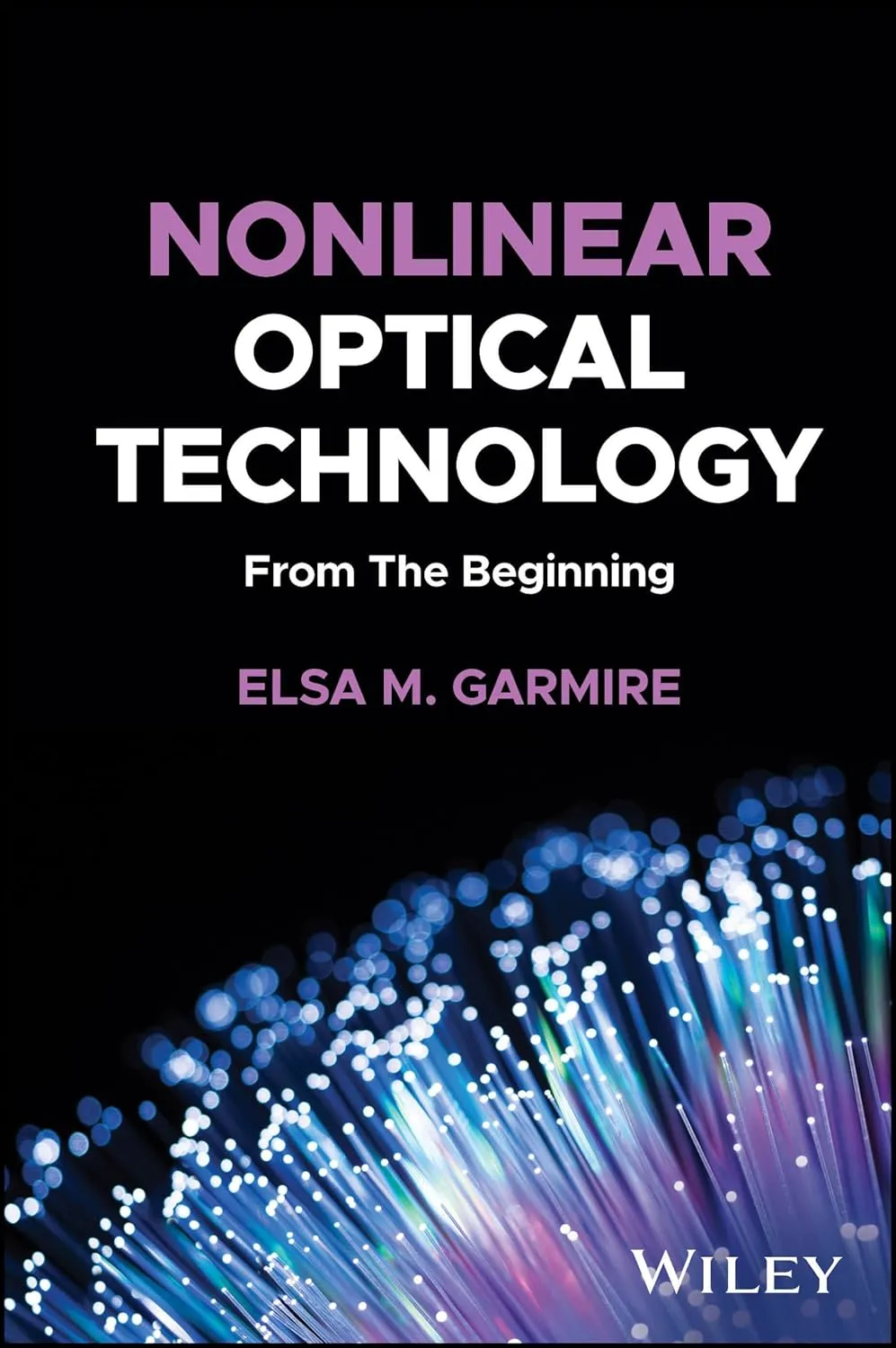Nonlinear Optical Technology: From The Beginning by Elsa M. Garmire
English | April 4, 2024 | ISBN: 1119508355 | 512 pages | MOBI | 7.50 Mb
English | April 4, 2024 | ISBN: 1119508355 | 512 pages | MOBI | 7.50 Mb
NONLINEAR OPTICAL TECHNOLOGY
Comprehensive resources describing today’s Nonlinear Optics (NLO) technology, its applications, and concepts behind the technology
Taking shape at the unique interdisciplinary engineering school at Dartmouth College, Nonlinear Optical Technology explores the importance of NLO in terms of how it permeates a vast number of applications such as fiber optics, biomedicine, sensors (especially Internet of Things), microscopy, spectroscopy, and machining, under the assumption engineers of all stripes may end up working in technical areas impacted by Nonlinear Optics (NLO) and would benefit from learning about the field.
Each section follows a set format, beginning by describing some exciting new technology made possible by NLO. This part is followed by a description of the background information necessary for students to understand the basic NLO concepts for that application. The author occasionally includes personal experiences as a pioneer in this field where it provides additional understanding and motivation. Each section ends with a description of other developments in technology that use the same NLO concept.
Bringing together disparate topics in NLO under a straight-forward rubric based on applications, Nonlinear Optical Technology includes information on:
- Extending lasers (with NLO technology), covering new colors (harmonic generation, stimulated raman, and stimulated brillouin) and pulsed lasers (saturable absorption and ultra-high harmonic generation)
- Information technology, covering telecommunications (fiber optics NLO and photonic NLO) and data storage (NLO in nanostructures and photonic crystals)
- Sensors, covering distributed sensing (brillouin scattering in fibers) and localized sensors (NLO in photonics)
- Materials interaction, covering machining (nonlinear absorption), spectroscopy (four-wave mixing), and microscopy (two-photon absorption)
Feel Free to contact me for book requests, informations or feedbacks.
Without You And Your Support We Can’t Continue
Thanks For Buying Premium From My Links For Support
Without You And Your Support We Can’t Continue
Thanks For Buying Premium From My Links For Support



